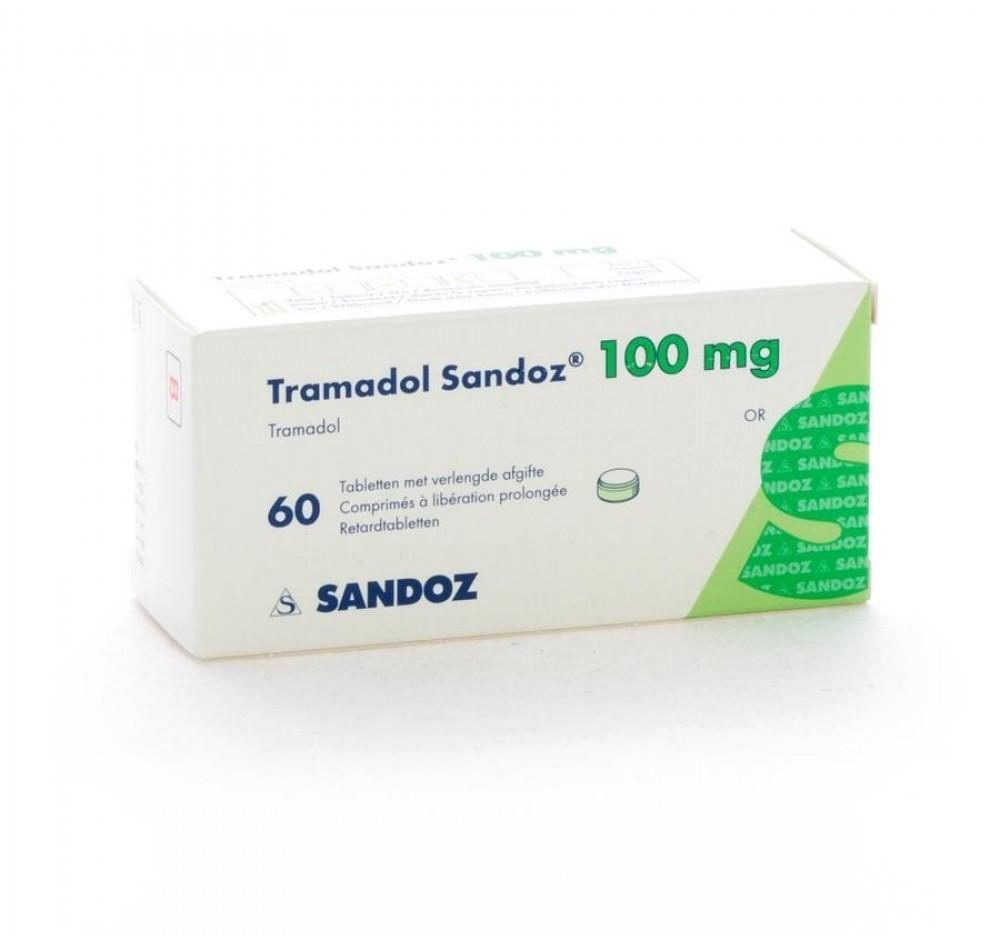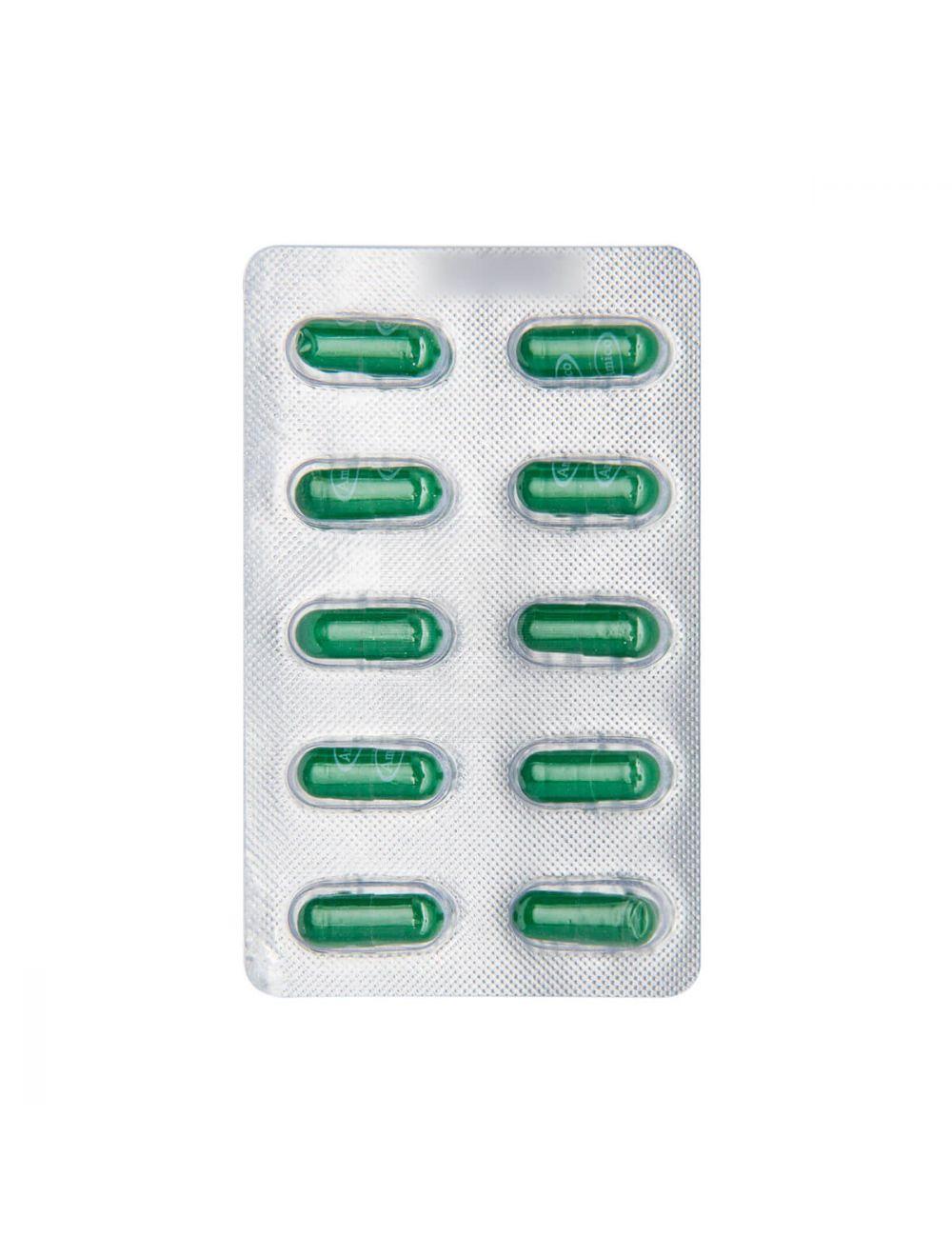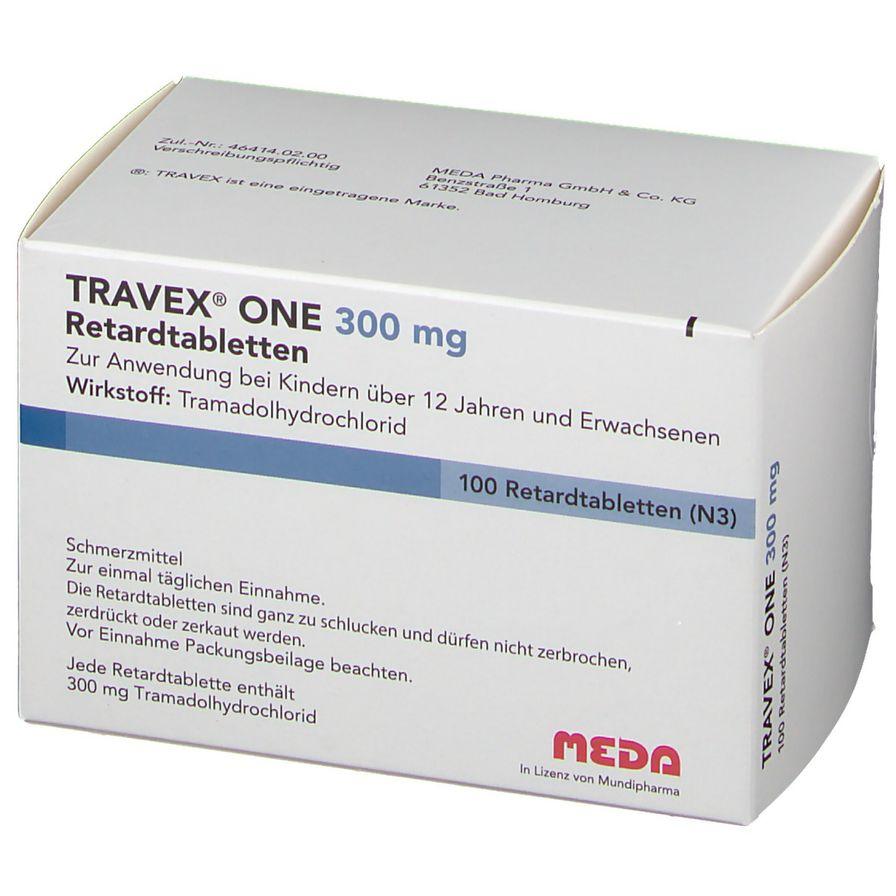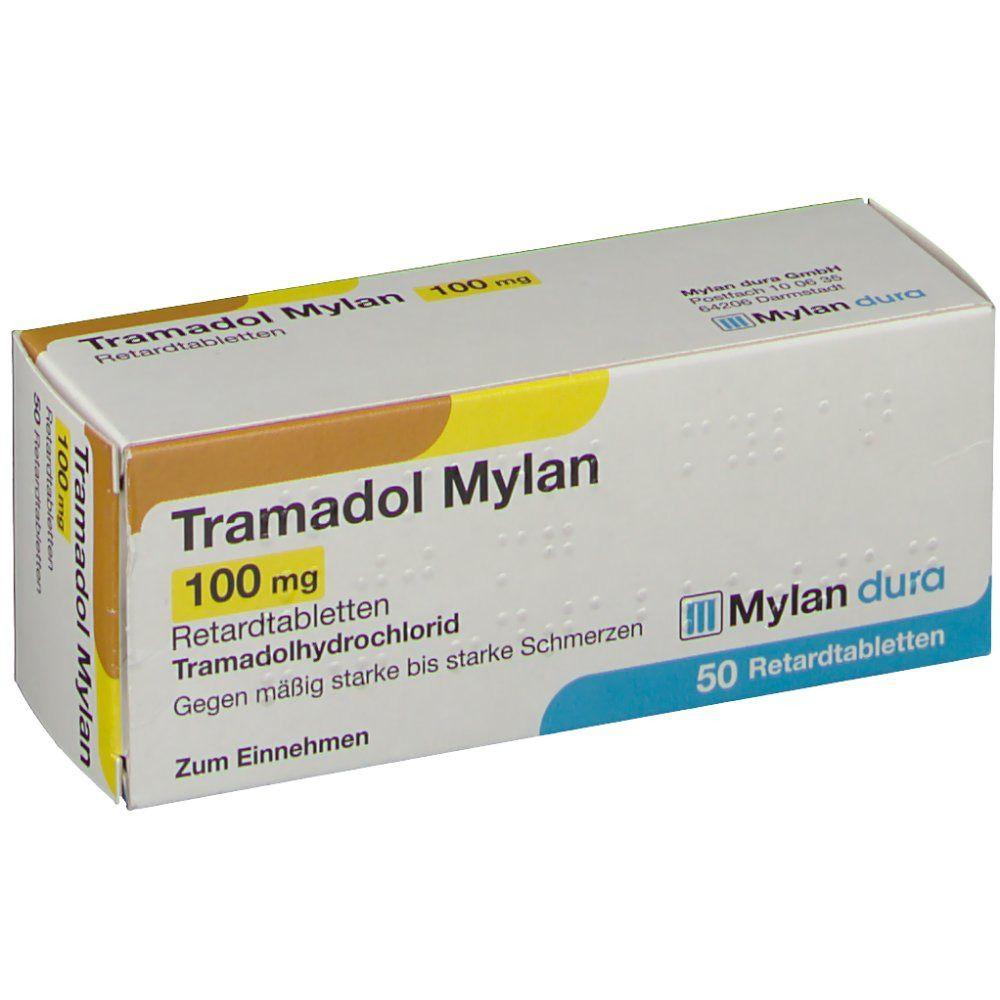Tramadol is a synthetic opioid analgesic, or painkiller, that is used to alleviate moderate to severe pain. It stands distinct in the family of opioid medications due to its unique dual mechanism of action. Tramadol binds to the μ-opioid receptor, as other opioids do, but also blocks the reuptake of the neurotransmitters serotonin and norepinephrine, thus enhancing their effects. This in-depth examination will cover the chemical characteristics of Tramadol, its mechanisms of action, pharmacokinetics, its varied forms, dosage guidelines, potential side effects, and potential issues related to dependency and withdrawal.
Chemical Characteristics:
Tramadol, chemically known as (±)cis-2-[(dimethylamino)methyl]-1-(3-methoxyphenyl) cyclohexanol hydrochloride, is a white, odorless, crystalline powder with a bitter taste. It is easily soluble in water and ethanol, and it has a pKa of 9.41. The molecular weight of Tramadol hydrochloride is 299.8. It is a racemic compound, which means it contains two isomers with equal proportions of two enantiomers.
Tramadol was first synthesized in 1962 by the German pharmaceutical company Grünenthal GmbH as a potential analgesic. It was introduced into the market in the late 1970s and has since become a commonly prescribed medication for pain management worldwide. Tramadol’s status as a synthetic opioid differentiates it from naturally occurring opioids such as morphine or codeine, which are derived from the opium poppy.
Mechanism of Action:
Tramadol’s distinctive mechanism of action is what sets it apart from other opioids. First, it binds to the μ-opioid receptors in the brain, mimicking the natural pain-relieving chemicals called endorphins. This binding reduces the perception of pain by blocking the transmission of pain signals to the brain.
Secondly, Tramadol also influences the levels of certain neurotransmitters, namely serotonin and norepinephrine, within the nerve synapse. It inhibits their reuptake, effectively increasing their availability. The increased serotonin levels help regulate mood, while the enhanced norepinephrine levels can help with the body’s response to pain and stress. This dual action potentially improves pain relief while also having mild antidepressant effects.
Pharmacokinetics:
After oral administration, Tramadol is rapidly and almost entirely absorbed. The analgesic effects become apparent within about one hour, with a peak effect occurring in two to three hours. Tramadol undergoes hepatic metabolism, and it has an elimination half-life of approximately six to seven hours, although this can be affected by factors like age, liver function, kidney function, and individual metabolic differences.
Tramadol is primarily metabolized by the liver enzymes CYP2D6 and CYP3A4. It’s noteworthy that the activity of CYP2D6 can vary greatly among individuals due to genetic differences, potentially leading to variable responses to Tramadol. Some people are “poor metabolizers,” which means they might experience less pain relief, while “ultra-rapid metabolizers” may have more active metabolites, leading to increased side effects or toxicity.
Forms and Dosage:
Tramadol is available in several forms, including immediate-release tablets, extended-release tablets, and capsules. The choice of formulation depends on the nature of the pain (acute or chronic), the desired onset and duration of pain relief, and individual patient characteristics.
The dosage of Tramadol varies depending on the patient’s level of pain, their response to the medication, and their individual circumstances. However, for adults and adolescents 16 years of age and older, the usual starting dose of immediate-release tablets is 50-100 mg every 4-6 hours as needed for pain, not to exceed 400 mg in a day.
For extended-release tablets, the usual adult starting dose is 100 mg once a day, gradually increased by 100 mg every 5 days, but not to exceed 300 mg/day. Dosing intervals for the extended-release formulation should not be less than 24 hours.
It’s essential to note that this medication should only be used under the supervision of a healthcare professional. The dosages mentioned are guidelines, and actual dosages should be determined by a medical professional based on individual patient needs.
Side Effects:
Tramadol, like all medications, can have side effects. Common side effects include nausea, dizziness, dry mouth, indigestion, abdominal pain, vertigo, vomiting, constipation, headache, and somnolence. Many of these side effects are similar to those of other opioids and often can be managed with additional medications or by adjusting the dose.
More serious side effects, such as respiratory depression and seizures, have also been reported. Tramadol can also cause a serotonin syndrome, a potentially life-threatening condition that can cause symptoms such as agitation, hallucinations, rapid heartbeat, fever, muscle stiffness, and loss of coordination.
Potential for Dependency and Withdrawal:
Long-term use of Tramadol can lead to dependency, which is characterized by a physical or psychological need to continue taking the medication. Dependency can result in withdrawal symptoms when the medication is stopped abruptly. Symptoms of withdrawal may include restlessness, muscle and bone pain, insomnia, diarrhea, vomiting, cold flashes with goosebumps, and involuntary leg movements.
Dependence and withdrawal can be managed by gradually reducing the dose of Tramadol under the guidance of a healthcare professional. It’s also important to note that addiction, characterized by compulsive drug-seeking behavior, is different from dependence and is less common with the therapeutic use of opioids.
Conclusively, Tramadol offers potent pain relief for many patients dealing with moderate to severe pain. It provides a unique dual action mechanism for more comprehensive pain management. However, it must be used judiciously and under the guidance of a healthcare professional due to the potential for side effects and dependency. As with all medications, the benefits must be weighed against the risks, with a focus on improving the patient’s quality of life while minimizing potential harm.












Reviews
There are no reviews yet.